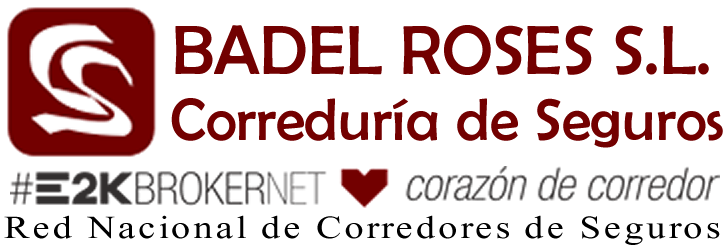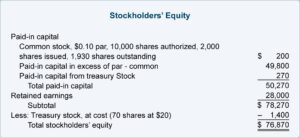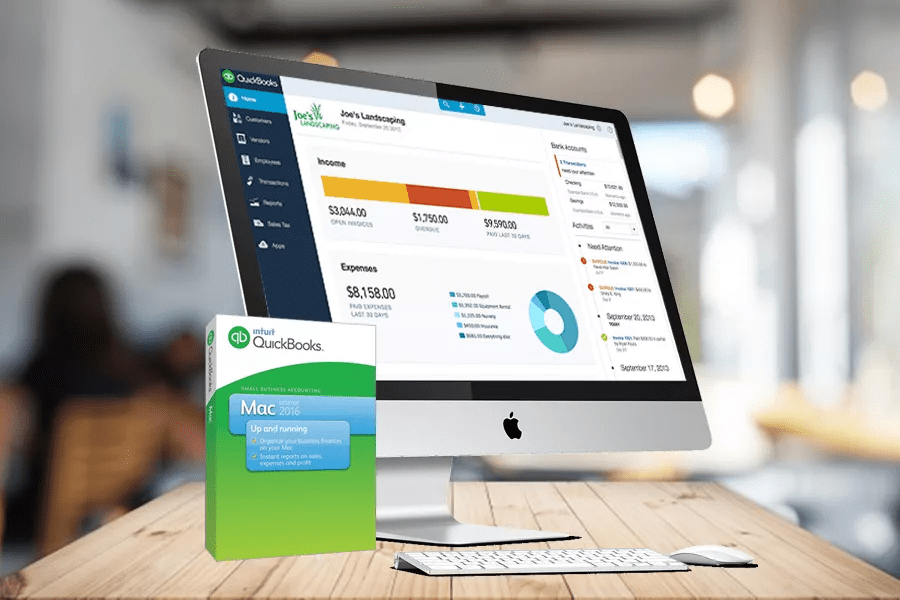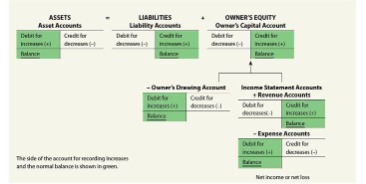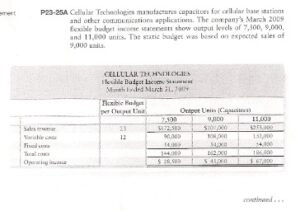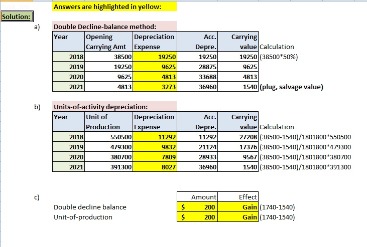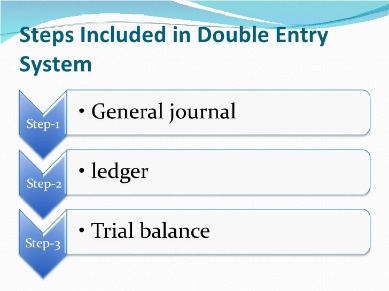To calculate the average collection period, divide the average balance of accounts receivable by the total net credit sales for the period. Average collection period is the amount of time it takes for a business to receive payments owed by its clients in terms of accounts receivable (AR). Companies use the average collection period to make sure they have enough cash on hand to meet their financial obligations. The average collection period is the average number of days required to collect invoiced amounts from customers. The measure is used to determine the effectiveness of a company’s credit granting policies and collection efforts. It is especially useful for businesses that operate with minimal cash reserves, and so need to understand the exact nature of their cash inflows.
Financial Consolidation & Reporting
To compute net credit sales, exclude cash transactions and any residual transactions that reduce the sales figure, such as discounts, returns, or re-issued items under warranty. This provides a practical perspective on the effectiveness of a company’s collection process. The average collection period is the time a company takes to convert its credit sales (accounts receivables) into cash. It provides liquidity to the company to meet its short-term needs or current expenses as and when they become due. The average collection period amount of time that passes before a company collects its accounts receivable (AR).
An organization that can collect payments faster or on time has strong collection practices and also has loyal customers. However, it also means that they follow a very strict collection procedure which may also drive away customers because they prefer suppliers who have more flexible credit terms. It can set stricter credit terms that limit the number of days an invoice is allowed to be outstanding. This may also include limiting the number of clients it offers credit to in an effort to increase cash sales. It can also offer pricing discounts for earlier payment (e.g., a 2% discount if paid in 10 days).
It measures the time it takes for the business to collect payments from its clients, which reflects its cash flow effectiveness and ability to meet short-term financial obligations. Understanding the significance of an efficient collections process lies in its ability to ensure a company’s liquidity and short-term financial health. A shorter average collection period means a faster conversion of accounts receivables into cash, allowing for improved credit management and better cash flow control. Additionally, companies with a low average collection period are generally perceived as financially stable and well-managed. Benefits of a Low Average Collection PeriodA low average collection period signifies several advantages for companies.
Order to Cash Solution
Net credit sales are calculated as total sales made on credit minus any discounts or returns during the same period. The average collection period ratio is an essential metric for businesses that rely on receivables for cash flow. The most recent data shows that 49% of B2B invoices produced in the U.S. become overdue. Regularly calculating your average collection period ratio can prevent each invoice you send from becoming a part of that statistic. Otherwise, if you allow clients to regularly take too long to pay invoices, your business may not have the cash on hand to operate how you’d like and meet financial obligations. The money that these entities owe to a business when they purchase products or services is recorded on a company’s balance sheet, under accounts receivable or AR.
- A company’s average collection period is an important metric that can help determine the average speed of customer payment and the overall efficiency of your accounts receivable process.
- The receivables turnover value is the number of times that a company collects payments from customers per year.
- Upon dividing the receivables turnover ratio by 365, we arrive at the same implied collection periods for both 2020 and 2021 — confirming our prior calculations were correct.
- The average collection period indicates the effectiveness of a firm’s accounts receivable management practices.
- A lower average collection period is indicative of efficient credit management and cash flow practices, while a higher period may suggest potential issues in collecting receivables.
At the beginning of the year, your accounts receivable were at $5,000, which increased to $10,000 by year-end. In this article, we explore what the average collection period is, its formula, how to calculate the average collection period, and the significance it holds for businesses. More specifically, the company’s credit sales should be used, but such specific information is not usually readily available.
The Average Collection Period (ACP) is a key financial metric used to measure the average number of days a company takes to collect payments from its customers after a sale has been made. It helps businesses evaluate the efficiency of their accounts receivable process and assess how quickly they can convert credit sales into cash. By understanding this metric, companies can better manage cash flow, optimize credit policies, and make informed financial decisions. In conclusion, external factors such as economic conditions, competition, and customer behavior significantly influence an organization’s average collection period. Understanding these variables is essential for companies looking to optimize their collections processes, maintain positive relationships with customers, and ensure adequate liquidity for short-term obligations.
Business owners and managers must closely monitor the metric to ensure that the company has enough cash available to cover its short-term financial obligations. In this article, we are going to take a look at how to calculate and analyze the average collection period. An analysis of ACP and CCC is particularly useful for companies looking to compare their financial performance with industry benchmarks or competitors. By examining these metrics, businesses can gauge their efficiency in managing cash flows and optimizing their working capital, ultimately providing a competitive edge. Additionally, these metrics are essential indicators for potential investors and lenders when evaluating the financial health of an organization.
Comparison With Other Receivables Ratios
Review your credit terms to ensure they encourage timely payments while remaining competitive in your industry. For example, offering net 30 terms instead of net 60 can help shorten the collection period. HighRadius stands out as an IDC MarketScape Leader for AR Automation Software, serving both large and midsized businesses. The IDC report highlights HighRadius’ integration of machine learning across its AR products, enhancing payment matching, credit management, and cash forecasting capabilities. Understanding this metric is particularly valuable for businesses in industries with fluctuating demand.
Human Rights Policy
Firstly, it indicates that the organization efficiently manages its accounts receivable process, enabling better cash flow management and ensuring timely payments to meet short-term obligations. Moreover, collecting payments early can strengthen relationships with customers by demonstrating reliability and trustworthiness, which could lead to increased sales opportunities or repeat business. A lower average collection period suggests that a company effectively manages its accounts receivable process and collects payments faster. However, it may also imply stricter credit terms which could deter potential customers seeking more lenient payment terms. By understanding the factors influencing this metric and implementing best practices, companies can improve their collections efficiency and enhance their overall financial position.
The usefulness of the average collection period is to inform management of its operations. Industry what is the average collection period benchmarks for the average collection period vary across different industries. For example, the ACP for the retail industry typically ranges from 30 to 45 days, while the ACP for the manufacturing industry may be between 60 to 90 days.
- The average accounts receivable balance is the midpoint of your accounts receivable over a given period.
- By understanding the factors influencing this metric and implementing best practices, companies can improve their collections efficiency and enhance their overall financial position.
- The average collection period ratio can also be compared to competitors’ ratios, either individually or grouped.
- Industry comparisons can also reveal how credit terms impact collections performance.
- For instance, if a company’s ACP is 15 days but the industry average is closer to 30, it may indicate the credit terms are overly strict.
Economic downturns can also lead to longer collection periods as customers may delay payments. The length of a company’s average collection period also indicates how severe its credit terms are. Strict terms may deter new consumers while excessively liberal terms may draw in clients who take advantage of such policies.
On the other hand, a longer collection period can signal inefficiencies in the collections process or issues with payment delays, which might lead to liquidity challenges. The average collection period is the time it takes for a business to collect payments from its customers after a sale has been made. Businesses aim for a lower average collection period to ensure they have enough cash to cover their expenses. This result indicates that, on average, it takes the company 37 days to collect payment from its customers after a sale. To evaluate the effectiveness of this collection period, companies often engage in benchmarking against competitors or industry standards. A lower average collection period is indicative of efficient credit management and cash flow practices, while a higher period may suggest potential issues in collecting receivables.
A low average collection period indicates that a company is efficient in collecting its receivables and has a shorter cash conversion cycle. This means that the company is able to quickly convert its sales into cash, which can improve its financial health and liquidity. Calculating your average collection period meaning helps you understand how efficiently your business collects its accounts receivable and provides insights into your cash flow management. A shorter ACP generally indicates better cash flow management and a healthier financial position. The average collection period is the average amount of time it takes for a business to collect its receivables.
A high collection period often signals that a company is experiencing delays in receiving payments. In 2020, the company’s ending accounts receivable (A/R) balance was $20k, which grew to $24k in the subsequent year. In that case, the formula for the average collection period should be adjusted as needed. Knowing the average collection period for receivables is very useful for any company.
